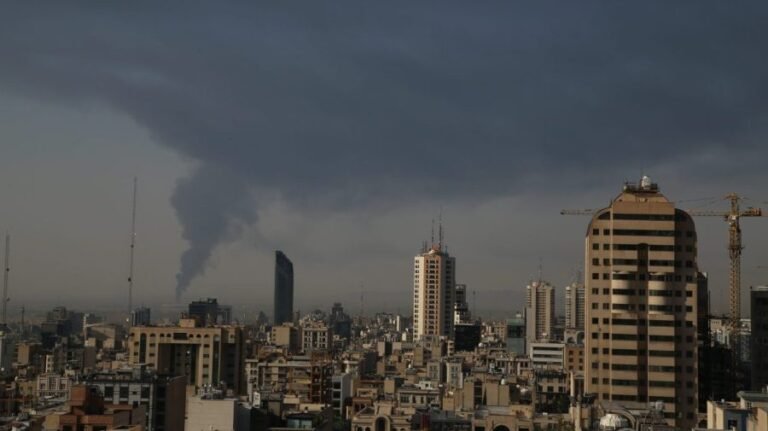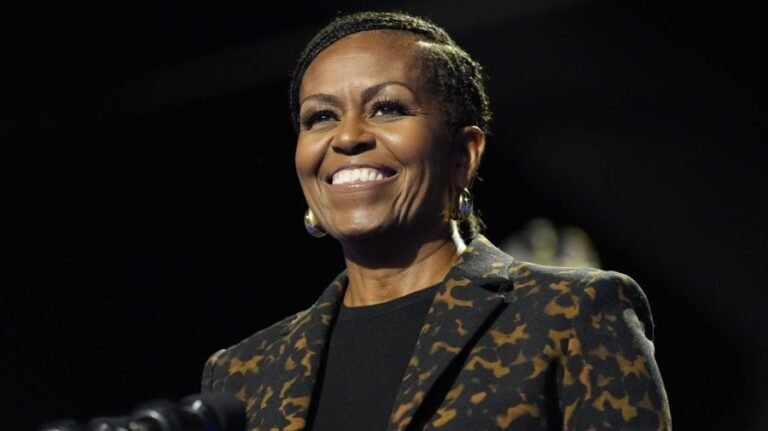
The recent attacks on two Minnesota state lawmakers show the dangers of heightened political tensions are not just found on the national level but have impacts reaching state and local leaders, who tend to have more direct exposure to their constituents.
“This has been going on for a long time in American politics: heated debate, threats, occasional threats to leaders. But now school boards, which were somewhat immune, are being infected by this as well. And there’s no question that this has escalated,” said Jeffrey Henig, a professor of political science and education at Columbia University’s Teachers College.
The safety of state and local officials is front and center after former Minnesota Democratic House Speaker Emerita Melissa Hortman and her husband were killed and state Rep. Sen. John Hoffman (D) and his wife were injured Saturday by an armed assailant.
The suspected shooter, Vance Boelter, has been detained on state murder charges, among other accusations. His specific motives remain unclear, but authorities say he visited the homes of two other elected officials that morning and had multiple notebooks containing the names of more than 45 state and federal public officials and evidence of internet searches for their addresses.
Speaking with reporters shortly after the shootings, Minnesota Gov. Tim Walz (D) pointed to the American political system as a place where differences should be hashed out, not inflamed to the point of violence.
“At this precipice moment we’re on, this tragic act here in Minnesota should serve as a reminder to all of us that democracy and the debates in the halls of Congress, in state houses, in school boards, is a way to settle our differences peacefully and move society to a better place,” Walz said.
According to data from Civic Pulse, incumbent state legislators face high rates of harassment, with 84 percent in 2024 getting insulted, 76 percent reporting harassment and 44 percent receiving threats.
The group says nearly 30 percent of local leaders in cities or towns with less than 50,000 people say political polarization negatively impacts their community “a lot,” and the number rises to 46 percent in localities of more than 50,000.
“Hostilities goes up at every level of government. It starts high. It’s already unacceptably high with school boards, and it gets worse when you look at city and county, and it gets even worse when you look at state and what we see in serving these officials is high turnover,” said Nathan Lee, a political scientist and founder of CivicPulse.
More than half of locally elected officials are considering leaving public life over the current conditions.
Lee says the threats become more pervasive in higher offices due to both the wider population served and the bigger range of policies a politician has to cover as they move into more prominent positions of power.
At least three states are actively investigating threats against lawmakers, with Texas detaining an armed man who allegedly threatened to hurt lawmakers at the State Capitol over the weekend.
“It’s easy for people to understand, like, a brick being thrown through someone’s window. It’s sometimes harder to understand the impact of a lot of online social media, anonymous threats,” Shannon Hiller, the executive director of Princeton University’s Bridging Divides Initiative, told NBC News. “That can be just as insidious of an impact on civic space, people’s willingness to serve in public office, too.”
Ways to combat the rise in harassment and threats against local officials could include giving them more anonymity, such as making it harder to find a city council member’s house or phone number, Lee said.
“I wouldn’t leave it totally up to legislation, but I think just greater, frankly, greater participation. Participation of politics is so low and it allows, also, for these more extreme groups to have an outsized voice. And so, I think just generally, doing anything that can increase overall resident participation of local politics will have kind of a moderating influence,” he added.
Civic Pulse found school board members, even though they receive less harassment than city or country representatives, are more likely to decline to run for reelection over the threats.
Schools themselves have tried multiple approaches to handling harassment at meetings, including adding police officers, metal detectors and limiting parental comment, although some argue the moves to secure meetings might have had unintended consequences in raising the temperature.
“I think ultimately, this kind of militaristic, security-oriented response may be less effective in some ways, because it kind of heightens the sense of conflict, in the sense of mistrust,” said Henig said.
Efforts for transparency, openness and debate in school board meetings “may, in the long run do more to lower mistrust and lower this sense of contention than the kind of knee jerk, security-oriented response,” he added.


